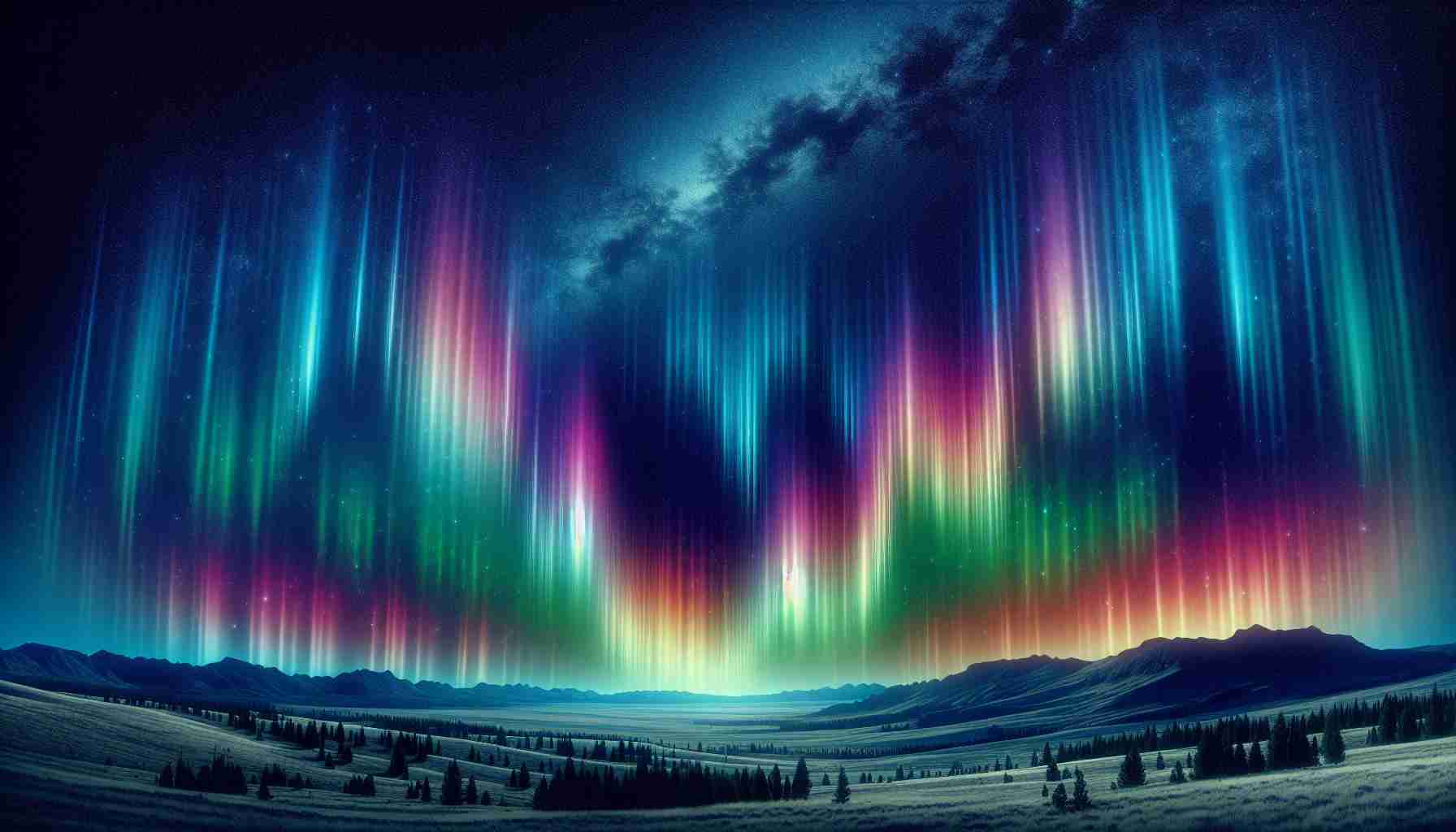
The National Oceanic and Atmospheric Administration’s Space Weather Prediction Center has issued a warning for a G4-level geomagnetic storm, indicating that the aurora borealis might be visible in Idaho on the upcoming Thursday and Friday nights. Enthusiasts are keen to learn if the mesmerizing Northern Lights will grace the skies of Boise, although cloud cover could pose a challenge.
According to a project manager at the Space Weather Prediction Center based in Los Angeles, a significant solar flare emitted from the sun late Tuesday, leading to a storm that hit Earth around 11 a.m. on Thursday. The NOAA’s aurora monitoring tools suggest that participants could witness this celestial display Thursday night. The optimal viewing period is generally around local midnight, but heightened solar activity might allow for sightings at other times.
However, the potential for cloud cover raises uncertainties. A meteorologist from the Boise National Weather Service indicated that Thursday evening might bring some clouds. Current satellite images reveal clearer conditions in areas like Ontario and the northwest, but predictions show that Boise could experience lingering high clouds.
If skies permit, residents are encouraged to glance toward the northern horizon during peak hours. Should visibility be clear, skygazers might be treated to an ethereal sight—possibly a faint green mist dancing in the night.
Upcoming Geomagnetic Activity May Illuminate Idaho Skies
As excitement builds for the potential display of the aurora borealis in Idaho, new insights into geomagnetic storms and their effects on Earth are emerging. Geomagnetic activity is influenced by solar phenomena, and a deeper understanding of these events can enrich the experience for those eagerly awaiting the Northern Lights this weekend.
What Causes Geomagnetic Storms?
Geomagnetic storms are disturbances in Earth’s magnetosphere caused by solar wind and solar flares. When charged particles from the sun collide with Earth’s magnetic field, it results in fluctuations that can produce stunning auroral displays. Unlike typical weather phenomena, these storms can be forecasted using sophisticated tools that track solar activity.
Key Questions and Answers
1. What are the best conditions for viewing the aurora borealis?
– The best conditions include a dark, clear sky, preferably away from city lights. The optimal time is around midnight, but auroras can appear outside this window during significant geomagnetic activity.
2. How can solar activity affect technology on Earth?
– Increased geomagnetic activity can disrupt satellite operations, GPS systems, and even power grids. Utilities need to prepare for potential surges caused by changing magnetic conditions.
3. Are geomagnetic storms dangerous to humans?
– While the storms can affect technology, they do not pose a direct threat to human health. However, astronauts in space may have heightened exposure to radiation during strong storms and may need to take precautions.
Key Challenges and Controversies
One of the challenges associated with auroral predictions is the variability of solar activity. While a G4-level storm suggests significant aurora visibility, forecasting errors can occur. Predicting weather conditions, such as local cloud cover which might obstruct the view, is another challenge that can dampen enjoyment of this celestial event. Furthermore, some experts argue that increased solar activity might correlate with climate fluctuations, prompting debates about the implications for climate science.
Advantages and Disadvantages of Geomagnetic Storms
Advantages:
– The opportunity to view the natural beauty of the aurora borealis draws attention to solar phenomena and raises awareness about space weather.
– Aurora sightings can boost local economies through increased tourism, as people travel to areas with promising viewing conditions.
Disadvantages:
– Significant geomagnetic storms can disrupt technology, as mentioned previously, potentially leading to economic losses and logistical challenges.
– Those unprepared for the impacts on technology may experience inconveniences, especially in industries reliant on precision navigation.
Final Thoughts
For residents of Idaho and enthusiasts, the upcoming geomagnetic activity presents an opportunity not only to witness a natural wonder but also to engage with science and technology. Should the clouds part, eager observers should be ready to turn their gaze northward for what may be an unforgettable experience.
For more information on space weather and geomagnetic storms, you can visit the National Oceanic and Atmospheric Administration’s Space Weather Prediction Center at NOAA Space Weather.



